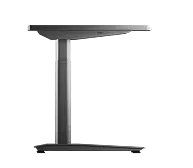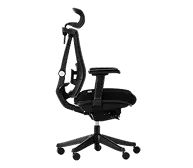- Newest
- Most viewed
Interested in a Link Placement?
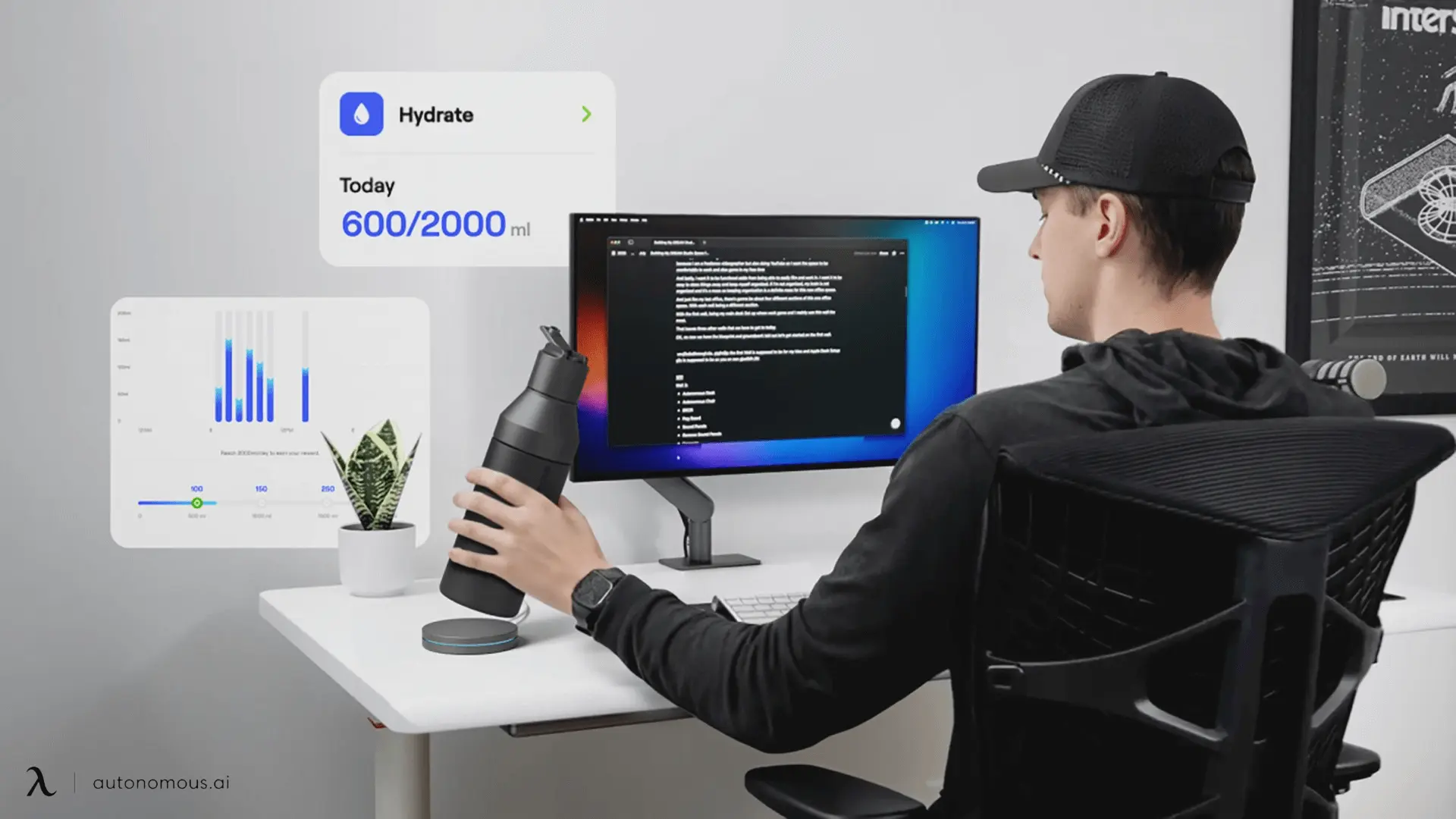
How Much Water Should I Drink in a Day?
Struggling to stay hydrated? Here’s how much water you really need to drink in a day, plus tips and a water drink calculator to keep you on track.
Work Wellness | Oct 25, 2025 546 views
.webp)
Easy Gaming Chair Gas Cylinder Replacement Guide
Smart Products | Oct 25, 2025 927 views

Best 144Hz Gaming Monitors for Smooth Gameplay in 2025
Gaming Setup | Oct 24, 2025 377 views
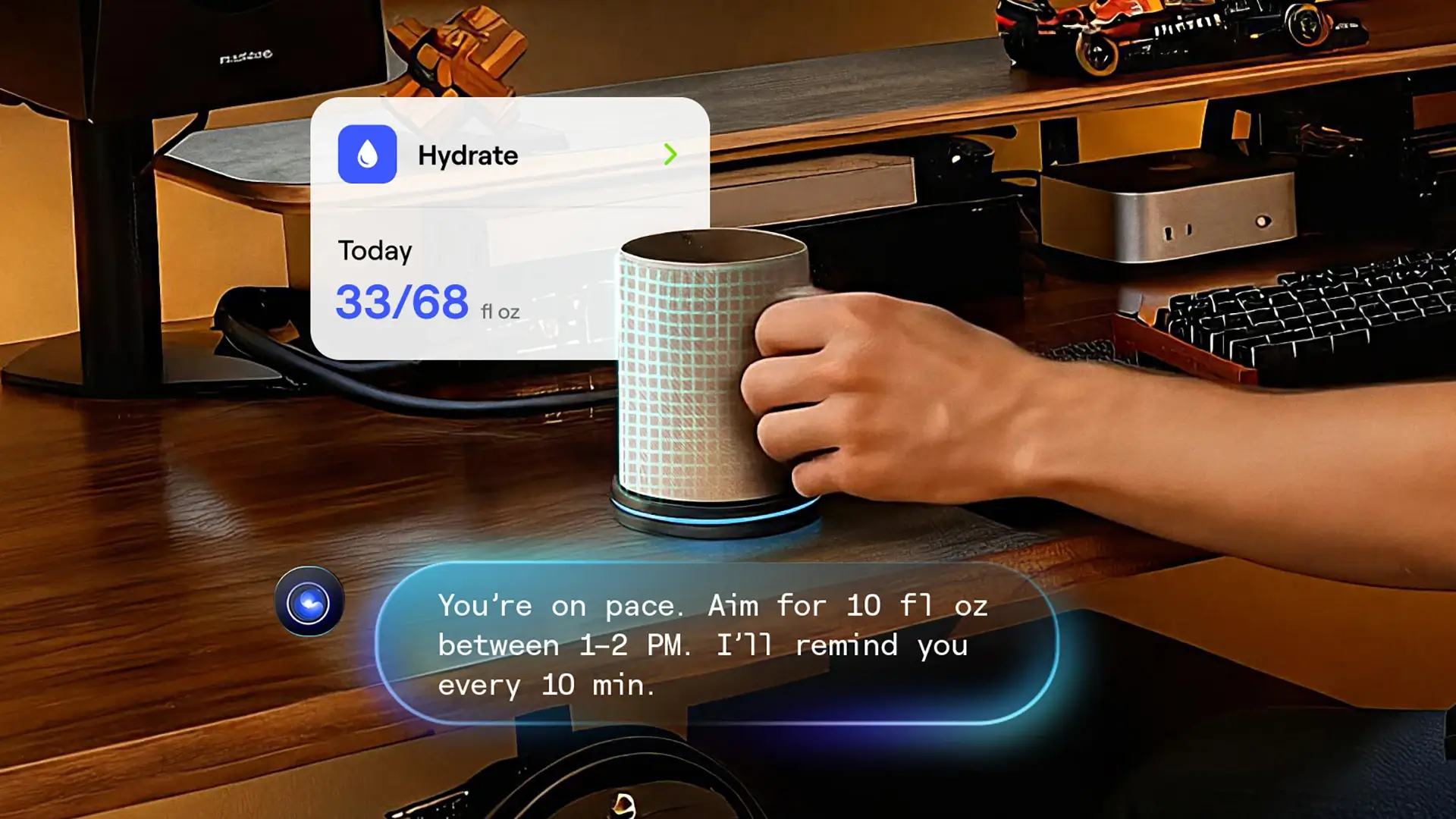
AI Hydration Reminder That Adapts to Your Workday
Work Wellness | Oct 23, 2025 162 views
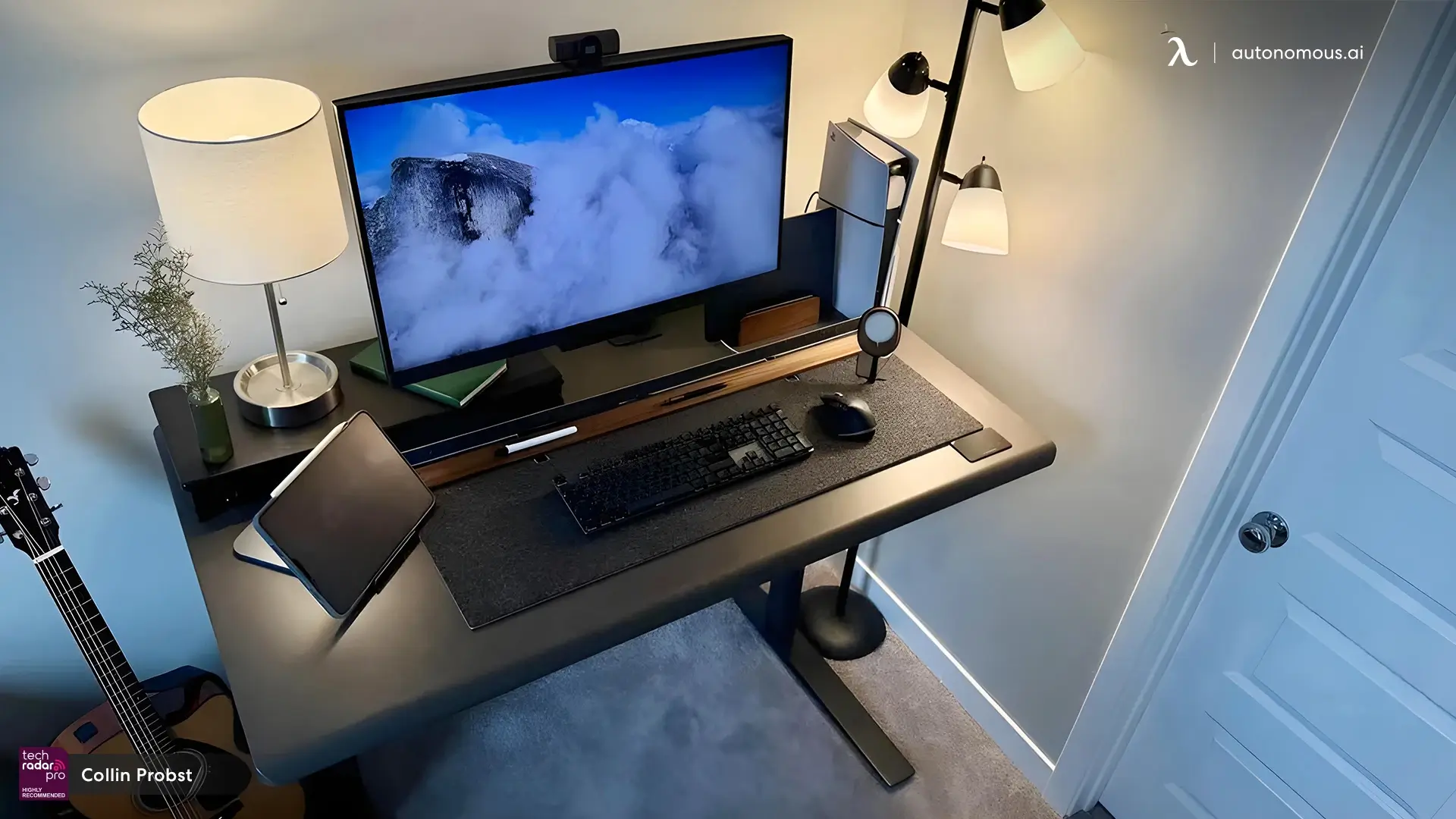
11 Custom Home Office Ideas That Transform Your Workspace
Workplace Inspiration | Oct 22, 2025 516 views
.webp)
Best Nintendo Switch Black Friday Deals To Score 2025
Latest Updates | Oct 22, 2025 514 views
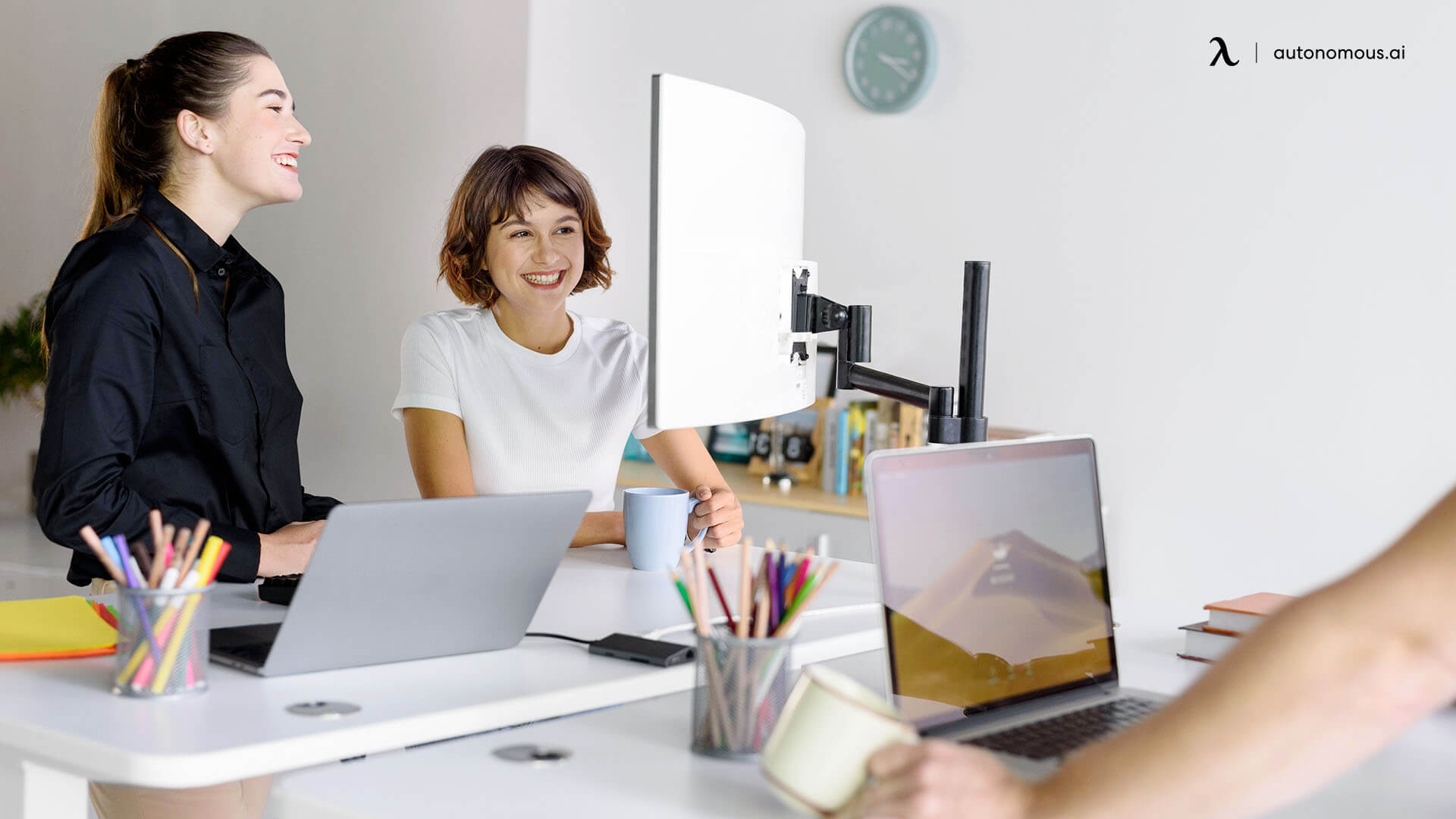
Thanksgiving Gift Ideas Everyone at Work Will Love
Latest Updates | Oct 22, 2025 636 views
.webp)
Best Thanksgiving Quotes for Work to Share Gratitude
Latest Updates | Oct 22, 2025 677 views

Black Friday Xbox Deals 2025: Top Discounts To Expect
Latest Updates | Oct 21, 2025 625 views

Best Black Friday Gaming Headset Deals 2025
Latest Updates | Oct 21, 2025 248 views

ADU Above Garage: Cost, Design & Permit Guide 2025
Workplace Inspiration | Oct 10, 2025 470 views
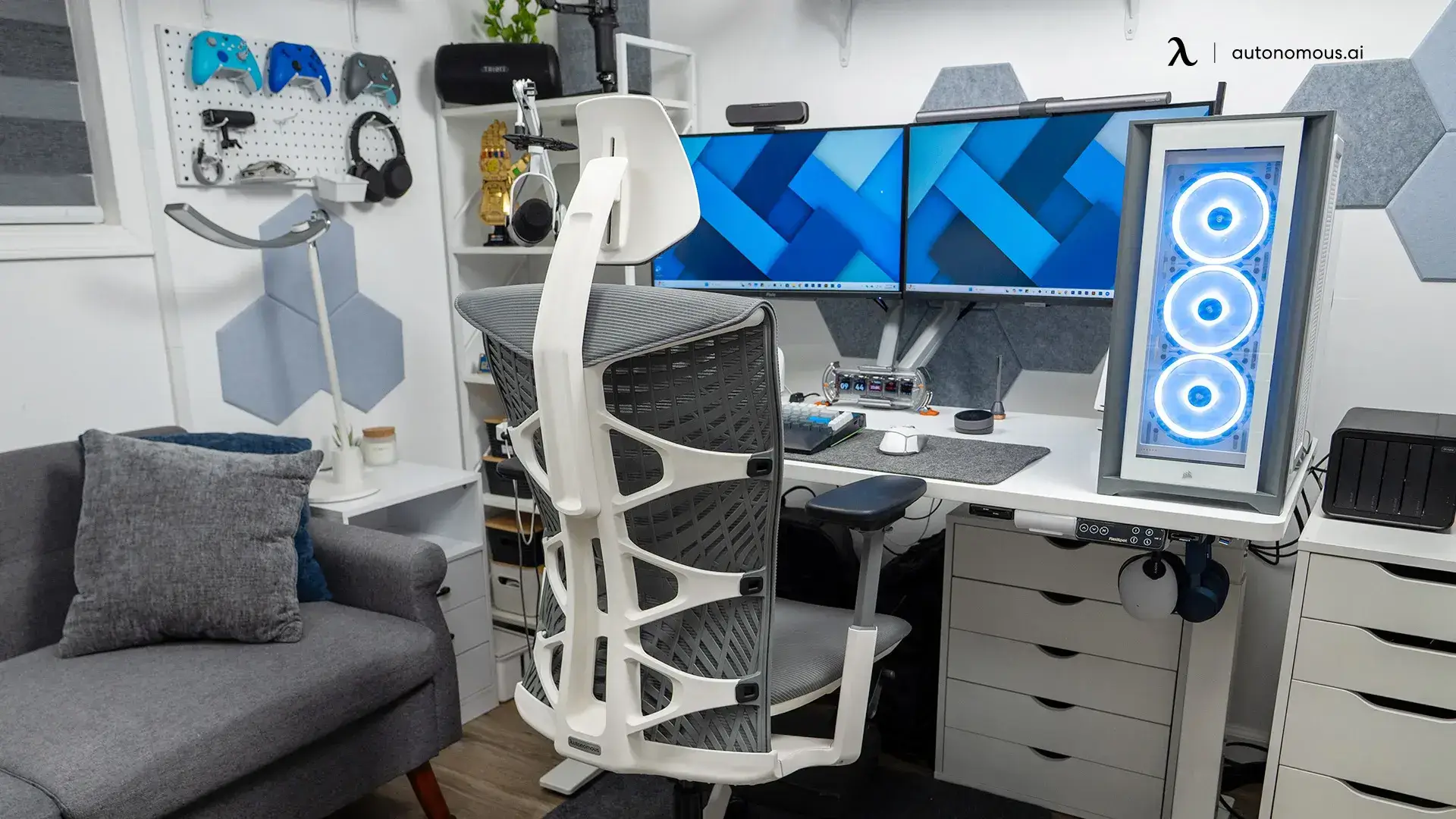
How Much Is a Gaming Chair? What to Expect
Gaming Setup | Oct 9, 2025 764 views

.svg)
